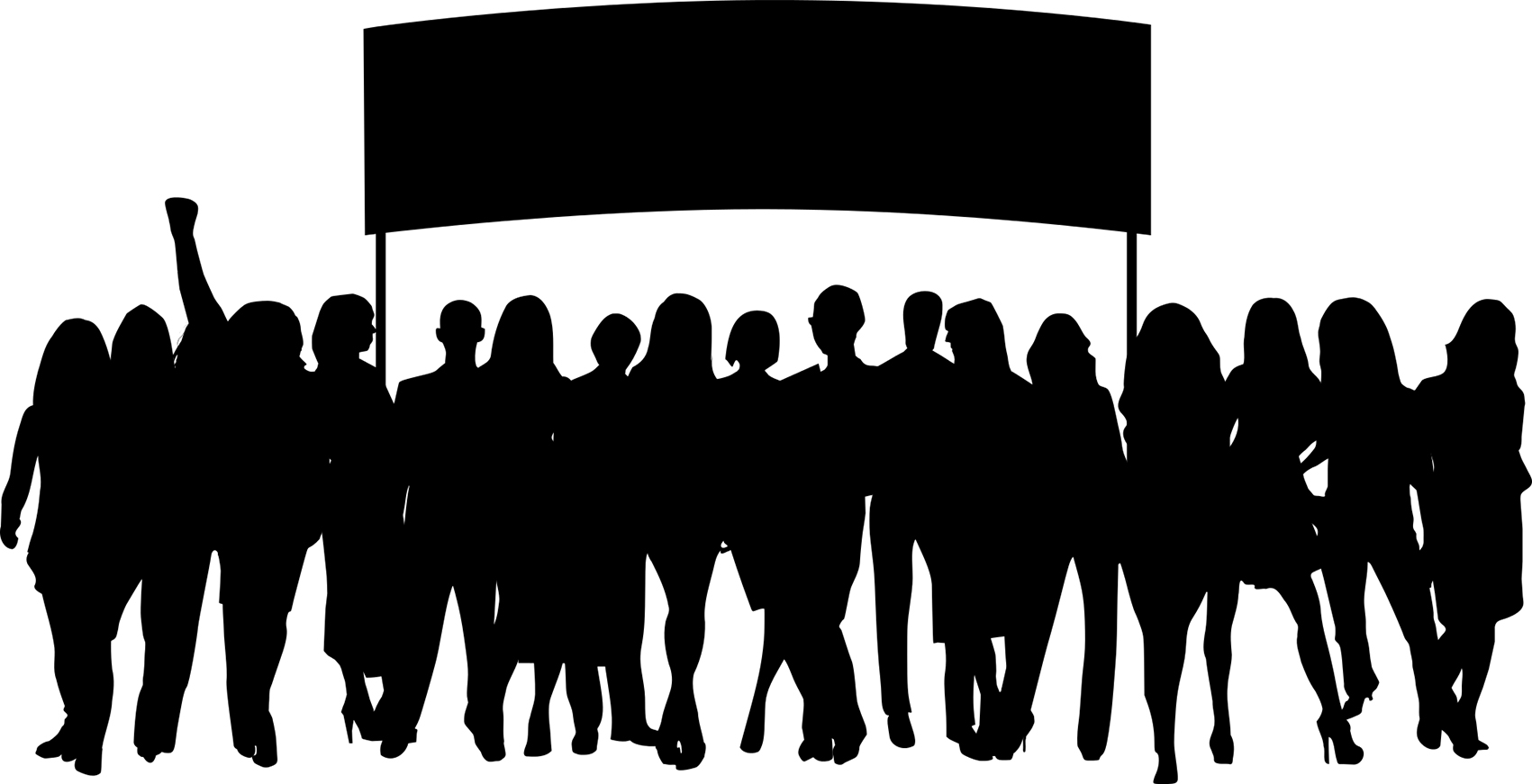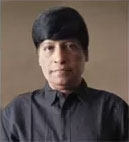
While women make up nearly half of the electorate and have growing influence as voters, their presence on candidate lists is notably sparse. Despite pledges for gender inclusivity, parties are fielding only a handful of women, as seen in BJP’s recent list featuring just four female candidates out of 146. This limited representation raises important questions about the state’s commitment to gender equality in politics and the future of women’s roles in Maharashtra’s governance.
The representation of women in Maharashtra’s political landscape remains a topic of concern, even as India champions gender equity across other domains. While women comprise nearly half of the electorate in the state, their representation among candidates and elected representatives is minimal. For the upcoming Maharashtra elections, political parties’ candidate lists reveal a significant gap in female representation. The recent list released by the BJP is one case in point, featuring only four women among 146 candidates. This scenario prompts critical questions about the effectiveness of gender representation in Maharashtra’s political scene, the influence of women voters, and the actions needed to address gender imbalances in politics.
In Maharashtra’s elections, women candidates are in short supply. As an illustration, the BJP recently released its third candidate list, fielding four women out of 146 candidates. Among these, notable names include Bharati Lavekar, the sitting MLA from Versova, Archana Patil-Chakurkar from Latur City, Sneha Dube from Vasai, and Sai Prakash Dahake from Karanja in Washim. Lavekar has been a known BJP figure in Mumbai, while Archana Patil-Chakurkar brings a unique background as the daughter-in-law of Congress veteran Shivraj Patil, having switched allegiance from Congress to BJP earlier this year.
This pattern of sparse female representation is not unique to the BJP; across party lines, women candidates are underrepresented. In the 2019 Maharashtra assembly elections, only about 12% of candidates were women, a statistic that remains largely unchanged today. Women’s representation is therefore limited, despite commitments from political parties to promote gender equality. For example, the Nationalist Congress Party (NCP) and the Congress have made statements supporting women’s political involvement, but these pledges have yet to reflect significantly in candidate numbers.
Influence of women voters
Despite the low number of women candidates, the influence of women voters in Maharashtra is undeniably strong. Women make up around 50% of the electorate and have consistently demonstrated their voting power, sometimes shaping outcomes in unexpected ways. Recent data shows that the voter turnout among women is on the rise, reflecting a growing awareness of their political voice and the impact it can wield.
Women voters bring a distinct set of concerns to the polls, including social welfare, healthcare, education, and safety. Political parties have taken note, with many now incorporating women-centric issues in their campaigns. For instance, schemes aimed at women’s welfare, such as financial aid for self-help groups, healthcare initiatives, and educational subsidies for girls, are becoming more prominent talking points. These efforts aim to secure women’s votes, acknowledging their critical role in influencing election outcomes. However, while parties address these issues in their manifestos, they have yet to take significant strides in improving women’s representation among candidates.
Women who choose to enter politics in Maharashtra face several enduring challenges:
The internal dynamics of political parties often sideline women’s voices. Male-dominated leadership structures limit women’s ability to secure influential positions or control their constituencies. This restricts their political reach and reinforces the notion that women’s participation is secondary.
Campaigning requires considerable financial resources, and women candidates typically face more difficulty than men in securing funding and sponsorship. Often, they lack the extensive network of financial and political backers that their male counterparts enjoy, leading to competitive disadvantages during elections.
For women candidates, campaigning across diverse regions, especially in rural areas, can raise safety issues. Furthermore, women often balance multiple social and familial responsibilities, which makes the intensive commitment required for campaigning especially challenging. This reality discourages many capable women from pursuing political careers.
Women candidates frequently encounter media coverage that scrutinizes personal aspects of their lives more than their professional contributions. This tendency can detract from their political messaging, making it more difficult for them to establish authority and gain public trust.
Political parties have begun implementing strategies to address gender issues, although these efforts remain piecemeal. Many parties have introduced internal quotas and pledged to nominate a certain percentage of women candidates, yet the results have been modest. Women candidates, even when fielded, are often assigned to “safe” or “unwinnable” constituencies, limiting their chances of making an impact.
Parties like the BJP have placed a few high-profile women in their candidate lists, such as Bharti Lavekar and Archana Patil-Chakurkar, but the overall percentage remains low. These candidates are largely exceptions rather than indications of a trend toward gender parity. Some parties have also introduced training programs to support aspiring women politicians, providing mentorship and campaign management skills. While these are positive steps, they need significant expansion to be effective.
The introduction of a 33% reservation policy for women at the local level — panchayats and municipal bodies — has shown promise, enabling more women to participate in local governance. Expanding such a reservation policy to the legislative assembly level could potentially boost women’s representation. However, this suggestion faces opposition from some quarters, which argue that legislative reservations may not ensure effective participation or equitable representation.
Reservation policies are one of the most debated solutions for increasing women’s representation in Maharashtra. Advocates argue that reservations are necessary for systemic change, as voluntary measures by political parties have shown limited success in achieving gender parity. However, reservations alone cannot address deeper biases that persist in party hierarchies and public perception. Without parallel efforts to foster women’s leadership and change societal attitudes toward women in politics, reservations may lead to token representation without substantive power.
The path forward
A genuinely inclusive political environment in Maharashtra requires structural change. Political parties must actively foster women’s leadership, assign them to key roles, and provide support for campaign resources. Practical measures such as providing greater safety during campaigns, financial backing, and creating women’s political support networks could encourage more women to enter politics.
Additionally, both media and party spokespersons need to take steps to reshape the public narrative around women in politics, focusing on their professional accomplishments rather than personal lives. Legislative measures alone are insufficient to change deep-rooted attitudes, but they can serve as a foundation on which broader cultural shifts can occur.
The current state of women’s representation in Maharashtra’s elections reflects the challenges and opportunities that lie ahead. While women are stepping up as influential voters, their representation among candidates remains sparse. The case of the BJP’s candidate list, with only four women out of 146, underscores the limitations of voluntary gender parity efforts among political parties. Increasing women’s representation in Maharashtra’s political arena is more than just a matter of equal opportunity; it has the potential to reshape the state’s policies on health, welfare, and education. A concerted effort from political stakeholders, supported by structural and legislative changes, can pave the way for a more inclusive and democratic Maharashtra.

A Column By
Raju Korti – Editor
The Resource 24X7
A Journalist With 4 Decades of Experience With Leading Media Houses.
